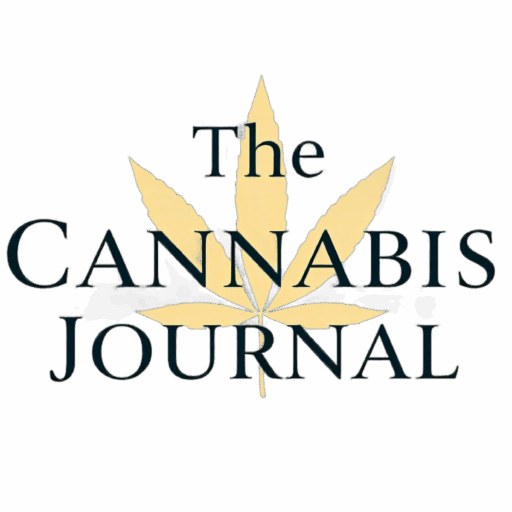Highlights;
- Silver has surged to its strongest level since September 2011, trading at $39.85, driven by a weaker US Dollar, safe-haven demand, and expectations of a Federal Reserve rate cut in September.
- Markets are pricing in an 87% chance of a September rate cut, despite firmer core PCE inflation, as labor market cooling and geopolitical tensions bolster the case for dovish monetary policy.
- Technically, silver has broken above $39.50, nearing the $40.00 psychological level, with resistance at $41.48 and $43.40, while support holds at $39.00 and the 100-period EMA.
- External factors, including USD weakness, industrial demand from green energy sectors, and concerns over Fed independence following President Trump’s actions, are further fueling silver’s rally.
Silver Surge: Key Highlights
- Silver has reached its highest level since September 2011, marking a significant milestone in its recent rally.
- Despite stronger core PCE inflation data, markets are pricing in an 87% likelihood of a Federal Reserve interest rate cut in September.
- From a technical standpoint, silver’s outlook suggests potential resistance at $41.48 and $43.40, with support at $39.00 and the 100-period EMA.
Silver (XAG/USD) continued its upward momentum on Friday, extending its rally for the fourth consecutive day. Spot prices climbed to fresh 14-year highs, reaching approximately $39.85, surpassing the previous peak of $39.53 on July 23. The sustained weakness of the U.S. Dollar (USD) and robust safe-haven demand have fostering a bullish sentiment among investors.
The rally persists as investors anticipate a potential interest rate cut by the Federal Reserve at its September monetary policy meeting. Although July’s core Personal Consumption Expenditures (PCE) index rose to its highest level in five months at 2.9% year-over-year, while headline PCE remained steady at 2.6%, the focus has shifted to the labor market. Signs of cooling hiring momentum and softer wage growth are seen as more significant risks to the economy than inflationary pressures.
Swap markets are currently pricing in about an 87% chance of a rate cut, underscoring the dovish sentiment. Other factors contributing to silver’s bullish momentum include a weaker U.S. Dollar, geopolitical tensions, and steady industrial demand from the solar and green energy sectors.
Adding to the broader uncertainty, concerns over the Federal Reserve’s independence have intensified following U.S. President Donald Trump’s move to dismiss Fed Governor Lisa Cook over allegations of mortgage fraud. Cook has responded with a lawsuit to challenge the decision, marking an unprecedented legal showdown that has shaken confidence in U.S. monetary policy. This development has further pressured the U.S. Dollar, bolstering safe-haven flows into silver.
Technically, silver’s breach above $39.50 has shifted the near-term outlook firmly bullish, with the metal approaching the $40.00 psychological barrier. In the 4-hour chart, XAG/USD is comfortably above the 100-period Exponential Moving Average (EMA) at $38.35, while the Relative Strength Index (RSI) nears overbought territory at 74, signaling strong yet stretched momentum. A sustained push above $40.00 could open the door to the $41.48 high from September 12, 2011, with further resistance at $43.40, the peak from September 5, 2011. On the downside, immediate support is at $39.00, followed by the 100-period EMA near $38.35, which stands as a key pivot zone for bulls.
Silver FAQs
-
What is Silver?
Silver is a highly traded precious metal, often used as a store of value and medium of exchange. While less popular than gold, it is favored by investors for portfolio diversification, intrinsic value, and as a hedge against inflation. Investors can purchase physical silver, trade it through ETFs, or invest in other financial instruments tied to its price. -
What Factors Influence Silver Prices?
Silver prices are influenced by geopolitical instability, fears of recession, and its status as a safe-haven asset, though less so than gold. Lower interest rates and a weaker U.S. Dollar tend to boost silver prices, while a stronger dollar has the opposite effect. Other factors include investment demand, mining supply, and industrial applications. -
Industrial Applications of Silver
Silver is widely used in industries like electronics and solar energy due to its high electrical conductivity. Shifts in industrial demand, particularly in major economies such as the U.S., China, and India, can significantly impact prices. This includes its use in jewelry in countries like India. -
Silver and Gold Relationship
Silver prices often follow the movements of gold, as both are considered safe-haven assets. The Gold/Silver ratio, which indicates the number of silver ounces needed to buy one ounce of gold, is often used to assess relative valuations. A high ratio may suggest silver is undervalued, while a low ratio could indicate gold is undervalued.


